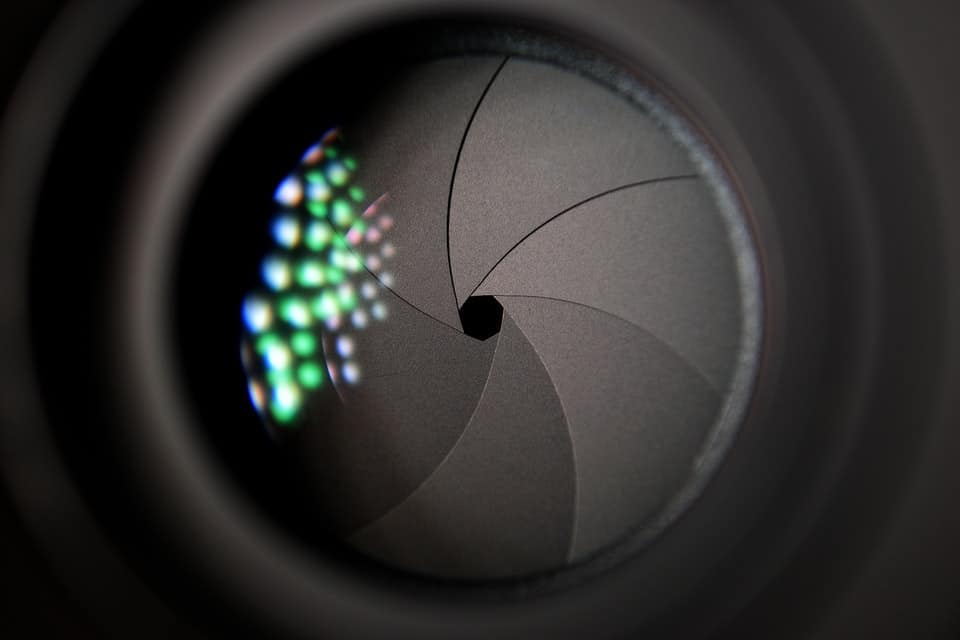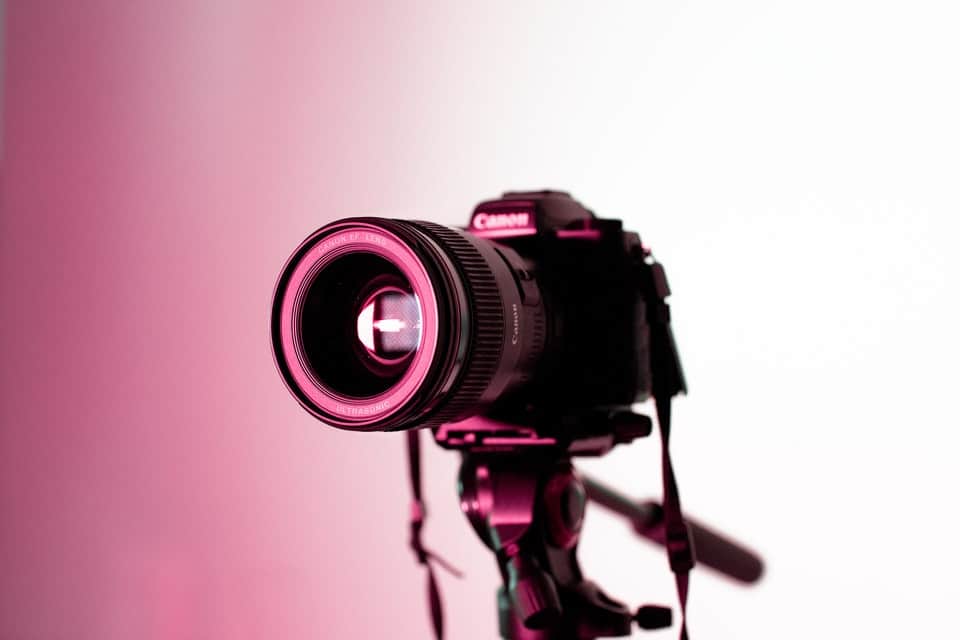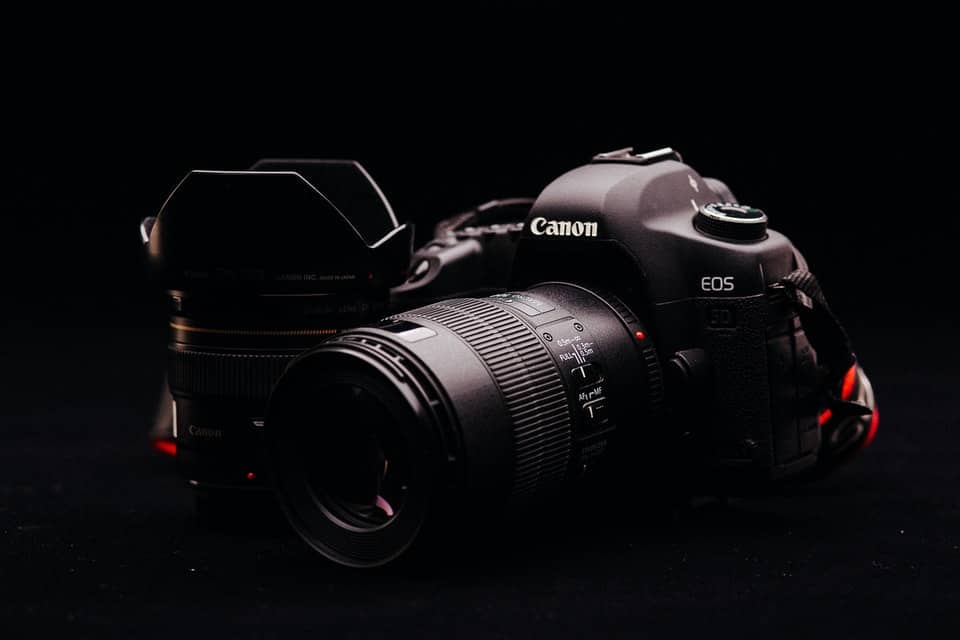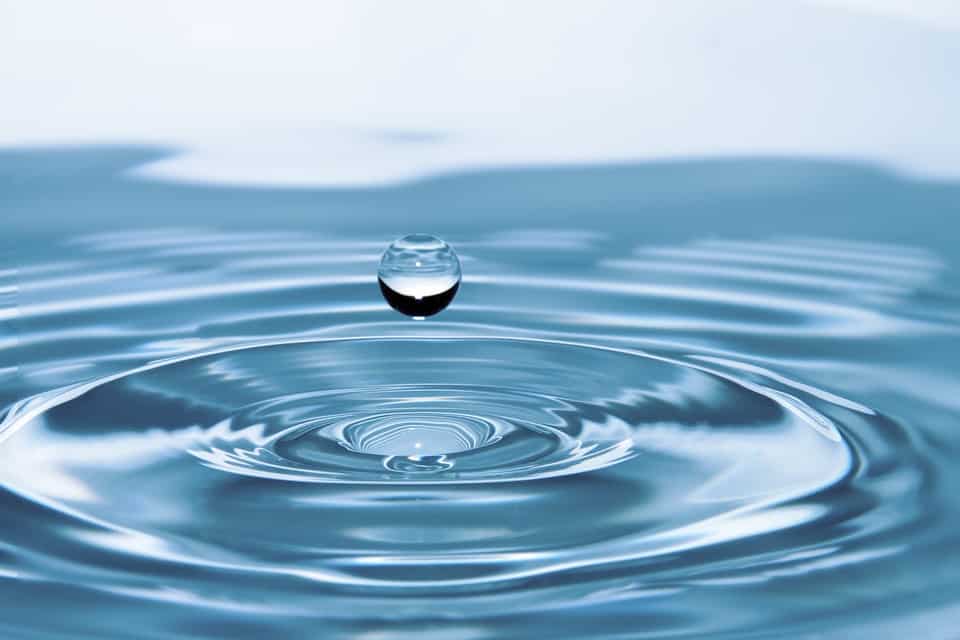how to clean a camera lens
All manner of debris can make its way onto your camera lens, from finger smudges to dust and oil. Regular camera lens cleaning helps you get a more precise, sharper shot with crisper details. But too much cleaning may lead to scratches on your lens. Keep reading for simple tips that will show you how to clean the camera lens safely and correctly.
Follow These Steps To Clean Your Lens
There are many methods you can use to clean camera lens. Blowers and brushes help get rid of dust and grit, whereas tissues, cloths, and cleaning fluid aid in breaking down oil spots and finger smudges. Depending on the kind of residue or dirt stuck to your lenses, you can use one of the techniques described below to clean camera lens and make them looking brand new.
Use the Right Filter
A UV or skylight filter is a glass filter that attaches to your lens, protecting the lens and the front element from dirt and damage, like scratches. These filters also help eliminate UV light, which lessens the look of haze in photos. They make a clean camera lens much easier since you don't have to clean the actual lens but the filter instead.
Step 1: Blow Out the Dust
When it comes to cleaning dust particles off of your lens, the safest option is to use a blower. As long as you are only cleaning the outside of your camera, an air blower is one of the least invasive methods to have a clean camera. When you begin shopping for one, a large one is usually the most effective, as well as the easiest to use.
To use a blower, begin by emptying it of any dust that may have collected inside. Squeeze it a few times away from your lens to expel the dust. Then, you can hold it close to the lens without touching it and squeeze a few puffs over the lens surface. It's always a smart idea to have one of these stashed away in your camera bag for cleaning emergencies.
Keep in mind that a blower is not the best tool to use if you need to clean the inside of your camera since it can send dust into your gear, causing damage. Also, you should never use your breath to blow on the lens because you may cause condensation to build up.
Step 2: Gently Sweep With a High-Quality Lens Brush
A lens brush would be the next step if a blower did not effectively clean your camera lens. A brush can take care of the heavier dust a blower leaves behind.
Although they come in a variety of styles and materials, a brush with camel hair bristles is the most common choice among photographers. Camel hair bristles are soft and fine, and they won't scratch your lens.
Lens brushes designed like pens are another popular type of lens brush. The brush slips out of one end and then retracts again after use to protect it from gathering dirt. The opposite end of the brush is a carbon-soaked polishing tip that will clean oil without harming the lens.
A camel hair brush can pick up oils and other residues from your fingers, so make sure not to touch the bristled end of the brush. You should also keep your camel hair brush stored safely with a cap or a bag to prevent unwanted substances from making their way onto your lenses.
When it's time to clean your lens, gently sweep the brush over the camera lens surface without pushing down too hard with too much pressure.

Step 3: Don't Forget Lens Cleaner
You can also try a camera lens cleaning fluid. Lens cleaning fluid is the strongest lens cleaning solution for camera lenses. It's alcohol-based to prevent streaking and promote quick evaporation.
You should always apply it to cleaning tissues or microfiber cloths first. Never spray the liquid directly to the lens as it can get into your gear and cause damage. You only need one or two drops of cleaning fluid on the cleaning lens cloth wiped gently in a circular motion over the lens surface for proper cleaning.
Step 4: Getting Tough Spots with Cloths and Tissues
Cleaning microfiber cloth or cleaning tissue is essential when using cleaning fluid on your lenses. Both options offer unique benefits to keep your lenses clean; however, they each have drawbacks, too.
Cleaning with Disposable Lens Tissues
Cleaning tissues for a camera lens are different from ordinary facial tissues. Lens tissues are inexpensive, ultra-thin, won't scratch your lens, and are for one-time use only. You simply apply the lens cleaner to the tissue, wipe gently, and throw them away. They are safe since you use a new, contaminant-free tissue each time.
Wipe Lightly with Washable Lens Cloths
Even though cleaning clothes are more expensive than tissues, they are also more durable. A microfiber cleaning cloth is washable and very effective in dissolving and cleaning smudges and oils. Using a cloth to clean the digital camera lens, lightly wipe the lens in concentric circles with the microfiber cloth, beginning in the center.
Unfortunately, a cleaning cloth holds onto the dirt it removes from your lens, which means it can spread it back onto the lens the next time you clean. Also, before you use a tissue or a cloth, make sure to check your lens for heavy dirt. You may want to get rid of this grit with a lens brush or blower before wiping; otherwise, you can scratch the lens.
Pre-moistened lens cleaning wipes are a convenient option if you need a potent cleanser to eliminate smudges and stains. These wipes are typically alcohol-based for effective cleaning without streaks. You should make sure that they are non-abrasive and safe for use on lenses before purchasing.
You can discard pre-moistened wipes after each use, which makes them a safe and clean choice. You don't have to worry about leftover residue from past cleanings ruining your lens.

Use Extra Care When Cleaning Your Camera Filter
To clean filters is a somewhat controversial topic in photography. Some photographers believe that filters cause more problems, while others feel that cleaning a filter is much safer than an actual lens. If you choose to clean your filters, you can use the same techniques you would use for a lens.
If you notice dust on your filter, you can start with a blower then move to a brush if that doesn't work. Finally, you can try a cloth or tissue with fluid to eradicate any smudges or oil spots.
Protecting Your Lens with Silica Gel
Silica gel has fallen out of favor with many photographers, but it can still be a useful method for preventing lens damage. A few silica gel packets at the bottom of your camera bag will attract potentially harmful moisture. You should make sure to replace old packets with new ones since they will lose efficacy if they become too saturated.
Use Common Sense When Cleaning Your Lens
Believe it or not, over-cleaning your lenses can do more harm than good. Try to limit yourself to only clean when you notice dust, smudges, or oil affecting your shots. Attempting to clear every tiny piece of grime will most likely lead to scratching from excessive wiping and rubbing.

Remember that a few specs of dust on your lens will most likely not affect the image quality.
Tips for Keeping Your Lens Clean Long-Term
Part of avoiding excess cleaning is to keep dirt from getting to your lens in the first place. Use a lens filter, store equipment correctly, and avoid using your hands to touch your lenses so you can prolong the time between each session.
If you try the above methods and still cannot get rid of dust and dirt, it may be time to reach out to a professional to get a more thorough process. Contacting a professional is extremely significant if the grime is on your camera's sensor. Sensors are very delicate and sensitive to scratches, making at-home clean a poor choice.
The Essentials: Camera Lens Cleaner Kit
If you are new to photography, purchasing a lens cleaner kit makes routine maintenance simple and convenient. Most camera manufacturers offer some form of a basic kit that includes several staple items. Here are the most essential:
- Microfiber cleaning cloths
- Lens tissues
- Cleaning Pen
- Blower
- Brush
- Cleaning fluid
- Travel case
More expensive cleaning kits even offer more high-end equipment, like USB-powered vacuums and LED flashlights, to examine your lens for dirt and ensure it is clean.
No matter what your specific needs are in a cleaning kit, these sets make lens cleaning a breeze even for rookie photographers.

A Note About Cleaning Your Lens with Alcohol
Most lens cleaner is alcohol-based since it is a useful lens cleaner that evaporates quickly without leaving streaks. However, there is concern that using alcohol solely on its own will strip the coating off of lenses and filters. For this reason, you should avoid using rubbing alcohol to clean your camera lenses.
Since camera lenses are expensive, you want to take the best care of them possible. Choosing cleaning fluids formulated to clean the camera lenses explicitly is the safest option to keep them free from smudges and oil.
how to clean a camera lens
Source: https://www.colesclassroom.com/a-how-to-guide-for-cleaning-your-camera-lens/
Posted by: messerhusad1974.blogspot.com

0 Response to "how to clean a camera lens"
Post a Comment